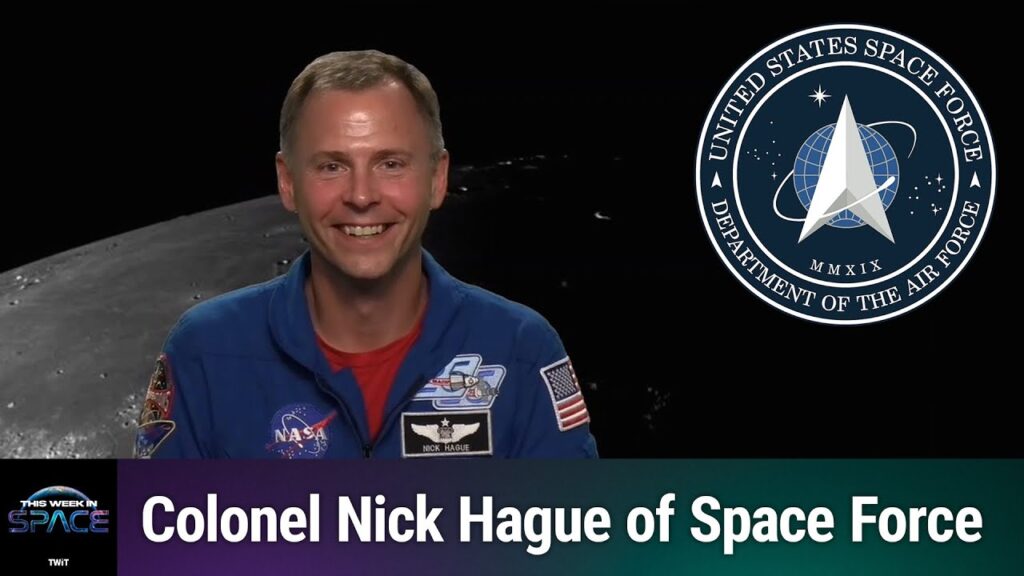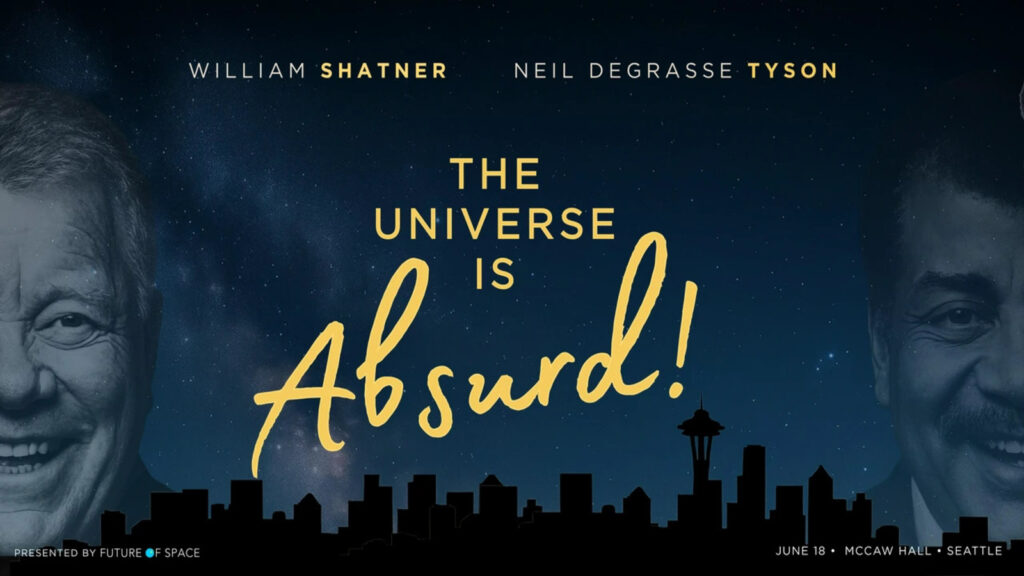If you are outside doing some stargazing in the Western Hemisphere this evening and are looking up at just the right time, you might catch sight of something that will appear quite strange: a small circular cloud of light that will rapidly expand to roughly the apparent size of a full moon, before finally fading away some minutes later.
What you will have just seen is not some strange atmospheric phenomenon, but a fuel dump from a U.S. Space Force (USSF) mission that launched earlier today on a United Launch Alliance (ULA) Atlas V 511 rocket from Space Launch Complex 41 at Cape Canaveral Space Force Station in Florida.
The launch, which occurred on right on schedule at 2 p.m. EST (1900 GMT), carried two satellites for the USSF’s Space Systems Command (SSC). The mission, called USSF 8, will place the two identical Geosynchronous Space Situational Awareness Program (GSSAP) satellites — GSSAP 5 and GSSAP 6 —directly to a near-geosynchronous orbit approximately 22,300 miles (36,000 kilometers) above the equator.
Related: Atlas V rocket launches 2 surveillance satellites for US Space Force

According to ULA’s flight profile, 6 hours and 35 minutes after launch, the first of the two satellites (GSSAP 5) will be released to its geosynchronous orbit, followed 10 minutes later by the second satellite (GSSAP 6).
Fuel dump should create luminous cloud
Seven hours, 11 minutes and 40 seconds after the launch, the Centaur second stage will dump its unused (excess) fuel out into space. Dumping excess fuel is the usual practice for all Centaur booster-assisted launches. It happens after satellite separation; the fuel bleeding off from a Centaur upper rocket stage.
As it turns out, the timing of this event will be perfect for creating a sky show for much of the Western Hemisphere. When the Centaur releases its excess fuel, it will be nighttime over North and South America. But the Centaur, at an altitude of roughly 22,300 miles (36,000 km) will be in sunlight and as such the fuel will be reflecting sunlight as seen from Earth.
In a Twitter thread, assiduous satellite watcher Cees Bassa has provided a considerable amount of information concerning the visibility of the fuel dump:
Alerting observers and astrophotographers! Friday evening a fuel dump from a rocket may be visible as a bright nebula in the sky for observers in North, Central and South America. The fuel dump will occur at 18:11PST/21:11EST for the planned 19:00UTC launch of the #AtlasV rocket. pic.twitter.com/EjO88ktAc8January 21, 2022
Bassa likens the appearance of the fuel dump as a “bright nebula, possibly as big as the full moon on the sky.”
“The cloud should be visible to the naked eye, and with binoculars or telescopes it should be possible to see the cloud grow and change shape,” Bassa added.
The fuel dump is expected for 9:11:40 p.m. EST (6:11:40 p.m. PST). It should suddenly appear to the naked eye as an expanding circular, comet-like cloud about 10 to 15 degrees west (or to the right) of the bright bluish zero-magnitude star Rigel in the Orion constellation. Your clenched fist held at arm’s length measures roughly 10 degrees, so approximately “one or one and a half fists” to the right of Rigel is where the cloud should appear.
Related stories:
Such fuel dumps from satellites have been seen before. On the evening of Aug. 12, 1986, shortly after 10 p.m. EDT (0200 Aug. 13 GMT), countless numbers of people across the U.S. and Canada, who were watching the Perseid meteor shower, were surprised by a fuel dump from a Japanese satellite launch that created a luminous cloud.
And on Sept. 1, 2004, the fuel dump from an NRO-1 satellite launched earlier that day, was visible from the Eastern U.S. and Canada.
Why dump fuel into space?
Some might ask what is the necessity to dump fuel into space? The reason it is done is for safety; to minimize the risk of an explosion of the vehicle, which in turn, would create a large amount of space junk, or orbital debris that would then put other space vehicles at in danger. At such a high altitude, the fuel is dissipated quickly and poses no environmental threat to the Earth.
Joe Rao serves as an instructor and guest lecturer at New York’s Hayden Planetarium. He writes about astronomy for Natural History magazine, the Farmers’ Almanac and other publications. Follow us on Twitter @Spacedotcom and on Facebook.


